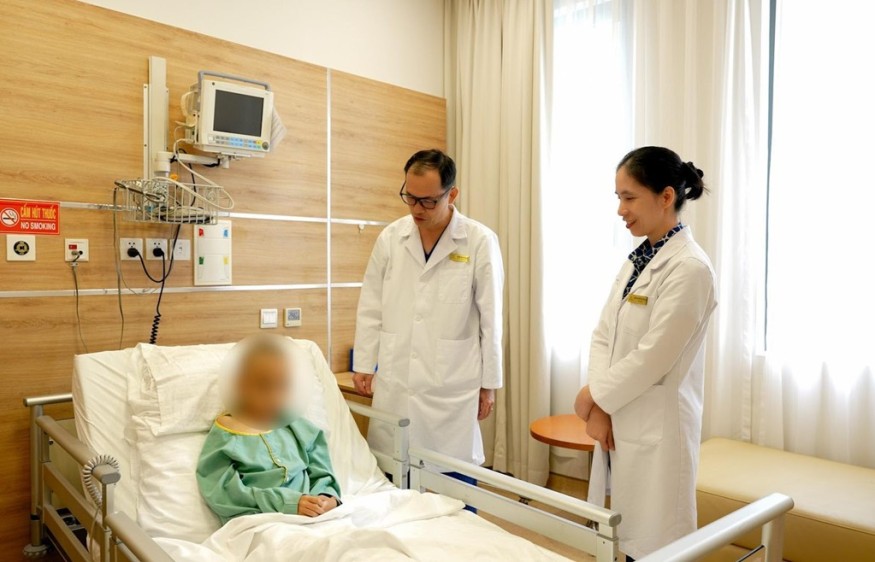Across the world, robotic systems are fast becoming the new standard for precision medicine. According to Frontiers, the global medical robots market was valued at approximately US$27.7 billion in 2023 and is projected to reach US$127 billion by 2033, growing at a CAGR of 16.5%.
Europe and North America remain global leaders in adoption. In Europe alone, there were over 3,500 surgical robotic systems in use and more than 280,000 robotic surgeries performed in 2023, reported by MarketGrowthReports. Robots are increasingly guiding surgeons' hands, transforming not only how operations are performed, but also how fast and safely patients recover.
"Innovation like robot-assisted surgery isn't science fiction, it's the future of the health service," said Wes Streeting, UK Health Secretary and kidney cancer survivor, in an article for The Scottish Sun.
That Future Has Arrived in Vietnam
Once limited to top hospitals in the world, surgical robotics is now reshaping healthcare in Vietnam. Recently, Vinmec Central Park performed the country's first pediatric stereo-electroencephalography (SEEG) using the AutoGuide™ robotic guidance system on a 9-year-old boy with drug-resistant epilepsy.
The patient, B.Q.K. from Hanoi, had been battling epilepsy since 2021. Despite multiple treatment regimens, both in Vietnam and abroad, his seizures persisted, sometimes occurring dozens of times per day. For nearly five years, his family had been searching for a treatment that could offer their child a peaceful, seizure-free night's sleep.

That turning point finally came in 2025. Using AutoGuide™, doctors at Vinmec successfully implanted electrodes deep into the orbitofrontal cortex and inferior frontal gyrus. After seven days of SEEG monitoring, the epileptogenic zone was mapped and removed in a high-precision procedure led by Dr. Truong Van Tri, with support from Japanese epilepsy expert Assoc. Prof. Dr. Shunsuke Nakae.
"For the first time, we achieved near-perfect outcome in pediatric epilepsy surgery thanks to AutoGuide™. This is a critical milestone, especially for young patients who are highly vulnerable to major brain surgery," said Dr. Tri.
The child experienced no neurological complications and has shown over 95% reduction in seizure frequency.
New Hope for Drug-Resistant Epilepsy Patients
The World Health Organization estimated that around 30% of epilepsy patients are drug-resistant. Surgical removal of the seizure-causing brain area is often the best treatment for these patients. However, accurately localizing the epileptogenic zone, especially in children, is extremely challenging when scalp EEG, MRI, or PET scans provide inconclusive findings.

That challenge is now being met in Vietnam. With its successful use of the AutoGuide™ robotic system for pediatric SEEG, Vinmec Central Park joins a small but growing number of hospitals in Asia capable of performing this advanced procedure. This case marks a national first for Vietnam. More broadly, it reflects a shift in neurological care, where once-untreatable patients now have access to life-changing, high-precision treatment.
As Vietnam narrows the gap with global neurology leaders, patients with previously untreatable conditions are being offered new, life-changing possibilities.
© 2025 ScienceTimes.com All rights reserved. Do not reproduce without permission. The window to the world of Science Times.












